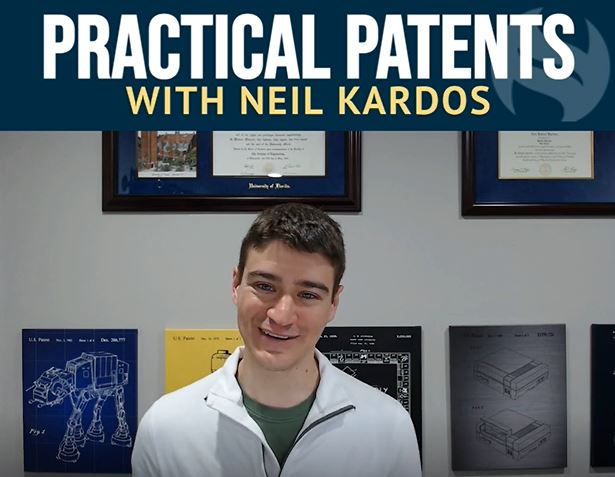Decoding the Patent Puzzle: Key Tips to Crystal-Clear Patent Applications
In the intricate and often bewildering terrain of patent applications, achieving clarity is both an art and a science. This is particularly true for software or process-based inventions, where conveying complex ideas in a comprehensible manner is crucial. Neil Kardos offers his expert advice, sharing pivotal strategies to demystify these often perplexing documents. In this blog post, we’ll delve into two of Neil’s key tips, which promise to bring much-needed lucidity to your patent applications.
Tip #1: The Power of Descriptive Naming
Neil’s first tip revolves around the strategic use of descriptive names for devices in patent applications. This approach goes beyond mere labeling; it’s about creating an intuitive understanding of each device’s role. For example, naming a device that handles user verification as an “Authentication Device” instantly reveals its function. This practice ensures that every mention of the device within the document not only identifies it but also reminds the reader of its purpose, thus maintaining a clear focus on the invention’s core functionalities.
Tip #2: Artful Separation of Function and Form
In his second tip, Neil highlights the importance of distinguishing between what devices do and what they are. He recommends that the narrative in the “Invention Detail Figures” should concentrate on the devices’ roles in the invention’s process. For example, describing a user device transmitting credentials to an authentication device should be about this process, not about the possible physical forms of the user device. The comprehensive description of the devices’ physical forms and variations should be allocated to the “Device Environment Figure.” This methodical separation ensures the patent application remains streamlined and focused, facilitating a smoother reading experience.
By implementing these tips, inventors and patent drafters can significantly enhance the readability and clarity of their patent applications. Neil’s guidance is not just about simplifying content; it’s about structuring it in a way that guides the reader through the invention’s narrative with ease and understanding.
Don’t forget to come back for more tips in the next installment of the Practical Patents Series. Until next time, happy patenting!
Note: This blog post is based on the opinions and observations of the author and should not be considered legal advice. Consult a qualified patent attorney for specific guidance on patent application drafting.
Want more tips? Check out other Practical Patents videos with Neil Kardos here!

